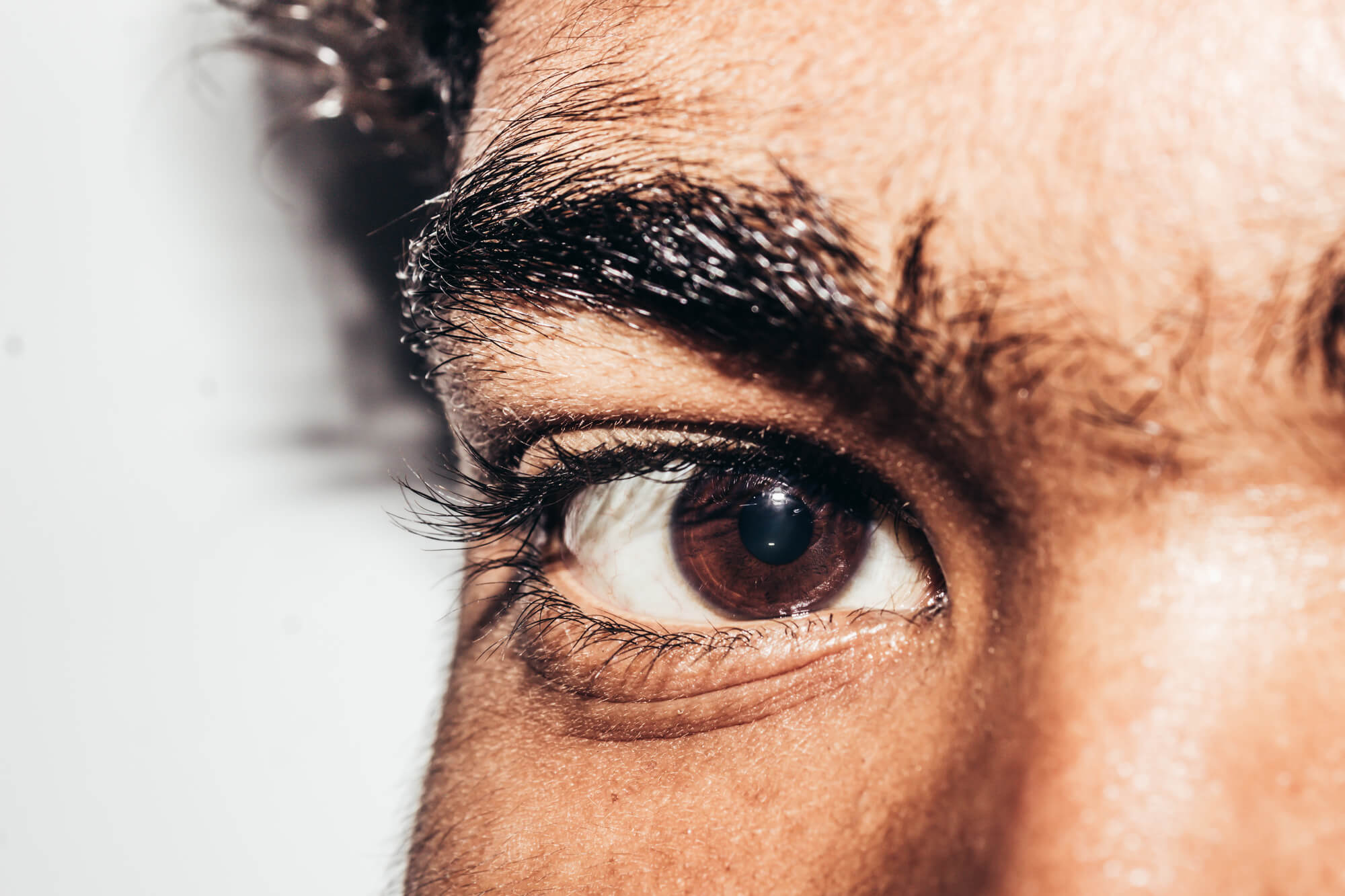
Retinal migraines affect perhaps 1 in 200 migraine sufferers. It’s rare and shouldn’t be confused with migraine with aura or ocular migraines.
However, if you suffer from retinal migraines, you know the symptoms can be disturbing. Fortunately, the frequency of attacks is limited to about one every few months, and the visual disturbance typically lasts five minutes to an hour. Some sufferers don't even get head pain.
While retinal migraines are not often seen, and other diseases and conditions can cause their symptoms, let's unpack what we know about them, including diagnosis and treatment.
Retinal Migraines Defined
As mentioned above, retinal migraines are not common. The defining symptom is one of visual disturbances limited to one eye. If the visual problem affects both eyes, it is not a retinal migraine.
The sufferer may experience twinkling lights, flashes, or temporary vision loss in the affected eye. While permanent sight loss is extremely rare, there is a slight risk that reduced blood flow could damage the retina's thin layer at the back of the eye. The blood vessels may also be damaged.
Retinal migraines are of short duration, and an individual may experience one every few months, although it varies. Again, these effects are rare, making the risk relatively small. According to one study, about half of the subjects with retinal migraines had a total loss of vision in one eye. At the same time, about 20% reported blurry vision.
Signs and Symptoms
A retinal migraine attack begins with a visual disturbance in one eye, which may include:
- Scintillations - twinkling lights
- Scotoma - areas of decreased or lost vision, “black spots”
- Temporary blindness - partial or total loss of vision in one eye lasting 10 to 20 minutes before vision gradually returns as the blood flow increases
The patient doesn’t have abnormalities in the affected eye. At the onset, vision may slowly dim or blur, or the individual experiences scintillations. Some sufferers see a mosaic of blank spots (scotomas) that enlarge to cause total vision loss in the eye.
Vision loss may last five minutes to one hour. Over time, the symptoms of retinal migraine may increase. The head pain can occur before, during, or after the visual disturbance. However, it typically begins about an hour after the visual disturbance. The pain can last for hours or days.
The Causes of Retinal Migraines
There is no definite or known cause of retinal migraines and no way to predict who might develop them. They do have many of the same triggers as other migraines:
- Stress
- High blood pressure
- Smoking
- Taking birth control pills
- Dehydration
- Low blood glucose
- Exercise
- High altitude
- Bending over
- Excessive heat
- Caffeine withdrawal
Certain foods and beverages that trigger other types of migraines might cause a retinal migraine.
- Foods with nitrates like processed meat
- Foods with tyramine, like cured meat, smoked fish, or some soy products
- MSG in foods like snack chips, soups, seasonings, or broths
- Beverages and foods containing caffeine
- Alcoholic drinks, including certain beers or red wine
It may be difficult to determine the trigger since retinal migraines don’t occur often.
Retinal Migraine vs. Migraine with Aura
How can you distinguish between a retinal migraine and a migraine with aura?
As mentioned above, a retinal migraine affects one eye, not both. If you can close the affected eye, you will not see the disturbance, and the unaffected eye retains normal vision.
Migraine with aura causes visual symptoms in both eyes that are still present with your eyes closed. You may experience one or more typical visual aura sensations, including zigzag lines moving across your visual field, C-shaped shimmering lights, tunnel vision, or loss of half your vision split down the middle. You may even experience simultaneous vision loss from both eyes.
Diagnosing Retinal Migraines
Like most migraines, there is no definitive test for retinal migraines. Your healthcare provider or migraine specialist rules out other conditions that are primary headache causes or cause visual disturbances in a single eye, like stroke or eye disease.
Your doctor will review your symptoms and family medical history. You are assessed for other conditions such as stroke that can affect the blood flow to one eye. Also, the physician rules out other conditions such as transient vision loss.
If you happen to be suffering from a retinal migraine when you meet the physician, an ophthalmoscope can reveal reduced blood flow to the eye.
Retinal migraines are more common in women, adults under 40, and people with a family or personal history of migraines or other headache conditions. Retinal migraines also affect people with certain underlying diseases, such as hardening of the arteries, sickle cell disease, epilepsy, lupus, giant cell arteritis, and antiphospholipid syndrome.
Age can be a factor in diagnosing retinal migraines. If the patient is under 50 with no risk factors for another vascular disease, and the attack lasts less than an hour, a diagnosis of retinal migraine is reasonable. However, if the patient has high blood pressure, high cholesterol, sleep apnea, or a family history of stroke or heart disease, the doctor may rule out retinal migraines.
Treatment
Just as there is no definitive diagnosis, there are no clear guidelines for treating retinal migraines.
In general, once the visual disturbance begins, you have to let it run its course, around five minutes to an hour. Triptans are not recommended and, if you already take them, can prolong the vision loss.
Other medications typically used for migraines can bring relief or prevention, such as:
- Beta-blockers and calcium channel blockers
- Anti-seizure medication or antidepressants (including tricyclics)
- Daily low-dose aspirin
- Antinausea medication
Experts have not shown that CGRP (Calcitonin Gene-Related Peptide) targeting medications are helpful. Triptans and ergotamines are not used.
If you smoke or take birth control pills, you may need to stop to reduce or eliminate your risk for retinal migraines.
In Summary
Retinal migraines are rare and can be distinguished from migraine with aura easily because retinal migraine affects only one eye, not both. Because they are rare, there is no definitive cause and few guidelines for treatment.
Your doctor diagnoses retinal migraine using your personal and family history and assessing your symptoms. Also, your healthcare provider will first rule out other causes of the visual disturbance, like stroke or eye disease.
Medications typically used to treat or prevent other migraines can be helpful except for triptans or ergotamines, which are not recommended. You may be at increased risk of retinal migraines if you have an underlying condition like lupus. Smoking and taking birth control pills can also increase your risk.
You should visit your doctor for any visual disturbance, especially vision loss. If no other cause is found, a migraine specialist might be able to determine whether a retinal migraine is at fault.
Call the Migraine Relief Center if you think you might suffer retinal migraines or any other type of head pain. We're here to help.



